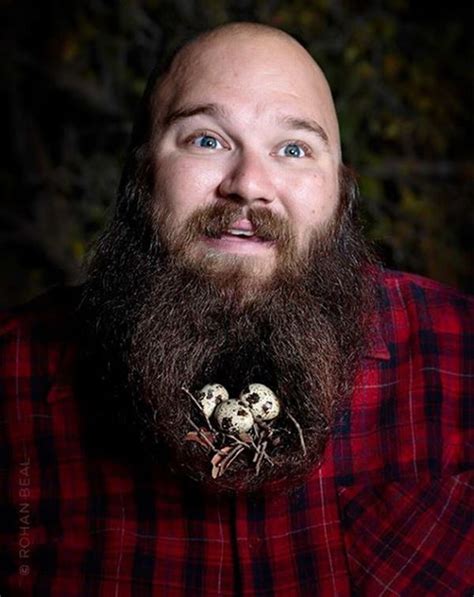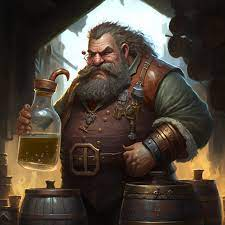“Son, if you’re interested in biology, you’ll have to learn to understand that the definitions of terms are rather… loose.”
So, timey-wimey, but with plants?

Yes, but not just plants
But especially with plants
Looks like it’s time to post my favorite SMBC again
The correct answer is, “We don’t know son. You could become a paleo-biologist and be the one to figure it out!”
The answer to any question like that is: I have no idea, but we’ll try and find out tomorrow. And if we can’t, that’s okay.
The “if we can’t, that’s okay” is really nice to add. I’ll try to keep it in mind. My 4yo tends to become frustrated when we can’t keep our words.
Good question my son, define “seed”
Sigh *unzips*
ಠ_ಠ
What? I’m just giving a practical demonstration.
:-\
( ͡° ͜ʖ ͡°)
“How to Jordan Petersen your kid”
Also define “evolve” in a way that can be quantized like this.
69, son. 69.
Nice, dad. Nice.
Hm, I was intrigued and looked at the evolution of plants. This made me realize how paraphyletic gymnosperms and angiosperms really are! We just don’t know how angiosperms exactly started out and if they might be monophyletic. And in case of gymnosperms, they are consisting of many very different plant groups that evolved independently.
So gymnosperms were probably the first plants to evolve seeds and they “include conifers, cycads, Ginkgo, and gnetophytes, forming the clade Gymnospermae”. That doesn’t really give an answer but that’s the best we can do?
It was previously widely accepted that the gymnosperms originated in the Late Carboniferous period, replacing the lycopsid rainforests of the tropical region, but more recent phylogenetic evidence indicates that they diverged from the ancestors of angiosperms during the Early Carboniferous.[12][13] The radiation of gymnosperms during the late Carboniferous appears to have resulted from a whole genome duplication event around 319 million years ago.[14] Early characteristics of seed plants are evident in fossil progymnosperms of the late Devonian period around 383 million years ago. It has been suggested that during the mid-Mesozoic era, pollination of some extinct groups of gymnosperms was by extinct species of scorpionflies that had specialized proboscis for feeding on pollination drops. The scorpionflies likely engaged in pollination mutualisms with gymnosperms, long before the similar and independent coevolution of nectar-feeding insects on angiosperms.[15][16] Evidence has also been found that mid-Mesozoic gymnosperms were pollinated by Kalligrammatid lacewings, a now-extinct family with members which (in an example of convergent evolution) resembled the modern butterflies that arose far later.
Wow, so there was already pollination going on before flowering plants even existed??? By scorpionflies who’s ancestors I frequently see? And there were butterfly-like insects long before real butterflies existed? Look how butterfly-like they were! This is wild!!
Isn’t evolution a constant process instead of happening in steps?
I think the question is how often it evolved independently like bird and bat wings evolved independently
That makes a lot more sense then. Thank you, happy to learn something new.
I forget where I saw this, but trees are kind of like crabs, in that they’ve convergently evolved many, many, many different times. Pretty interesting!
Also pterosaur wings.
Add flying fish to that.
Ohh I also misunderstood the question.
The term for what your talking about is “convergent evolution”.
Leaves evolved more times if you include blades of algae
I recently figured out that wheat/gluten FUBARs my health, so even just the concept of cereal grains has recently exploded in complexity in my head.
Before, I was eating:
- wheat (incl. durum, spelt, rye, and rarely barley, emmer)
- oats
- rice
Now I newly eat:
- buckwheat
- millet
- quinoa (in like three different colors)
- amaranth
- whole-grain rice is apparently pretty cool
- maize/corn (in the form of polenta and tortilla)
Buckwheat is so good if you fry onions, carrots and bacon, and then mix with boiled buckwheat.
Also if you don’t use multi-cooker - consider. It is a bit hard to get used to, but gives additional freedom in cooking everything from your list with meat.
Well, I happen to separately
only eat foods that don’t cast a shadowdo the vegan thing and my genes don’t like the taste of onion either, so uhh… 😅But still good info. I haven’t yet tried cooking whole-grain buckwheat myself, so knowing a combination that works, I can figure out substitutes or other combinations which are likely to work.
Oh, then it might be a bit harder, but you just need something greasy to compensate the dry. Onions give some of it already, and maybe even without bacon they will just do the job. Just take two onions instead of one, and fry them for longer.
And this is the foundation, spices are up to you, I go moderately crazy with paprika, koriander, basil, pepper and whatever is required to finalize the taste. It forgives a lot :) Buckwheat I use is the dried brown one. Probably with wholegrain one you even don’t need to compensate that dry that much as well.
Good luck!
At least once
The original comic was drawn by Chris Halberk, if I’m not mistaken.
Depends on what you mean by leaf, some plants has phylloclades, which is the widened stem to look like leaves. You can see this in acacia trees, you see those tiny leaflets those are the actual leaves on the stem
Which came first, the plant or the seed?
Ask your school teacher tomorrow.
deleted by creator










